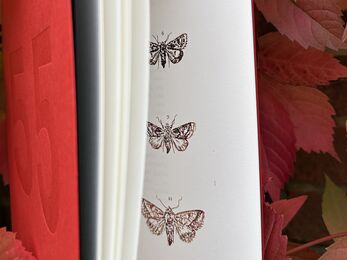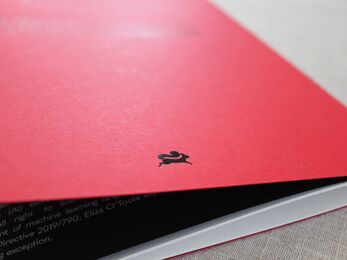Eliza O’Toole is a local Laurel Prize nominated poet working near our Arger Fen nature reserve in the south of Suffolk. Her work closely echoes her relationship with the landscape and natural world, drawing on her life experiences and how she has observed nature’s abundance decline since childhood.
Eliza has created a special edition chapbook (a paperbound collection of poetry or stories) focused on the UK’s native moth species. Titled Red Fifty Five, the book draws attention to the 55 species of moths in the UK which are listed as Critically Endangered, Endangered, and Vulnerable in the Red Data Book.
55 copies of the Chapbook are available for sale via our website shop, with all proceeds helping fund our vital conservation work in Suffolk.
We’ve sat down with Eliza to discuss her book and discover more about her relationship with Suffolk’s Wild Landscapes.






